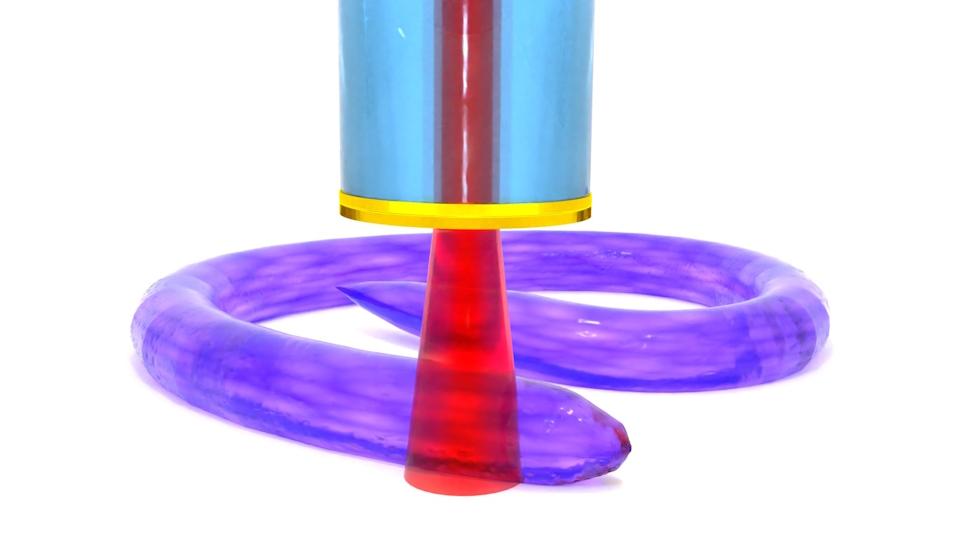Medivation cancer drug 'best in class' - CEO

Medivation has a potential best-in-class PARP inhibitor cancer drug in late stage development, its CEO said as the company opened its books to potential buyers.
San-Francisco-based Medivation this week rejected an improved offer from Sanofi, of $58 per share, plus $3 per share in 2022 from a contingent value right relating to sales of the drug, talazoparib.
Medivation has reportedly signed confidentiality pacts with Pfizer and Celgene, and Sanofi has halted a hostile takeover launched after a lower bid was rejected in April. The companies are now scrutinising Medivation’s books and meeting with its board.
Already marketing prostate cancer drug Xtandi with Astellas, Medivation has talazoparib in a phase 3 trial for patients with advanced breast cancer whose BRCA genes contain germline mutations
Talazoparib is a poly-ADP ribose polymerase (PARP) inhibitor, and after strong results from Tesaro’s rival PARP inhibitor, niraparib, Medivation is considering an earlier read out.
Medivation CEO David Hung said in a presentation that talazoparib , bought from Biomarin last year for up to $570 million plus royalties based on future sales, has the most convenient dosing schedule and competitive safety profile and has a superior ability to select its target.
Hung said talazoparib is “the best PARP trapper” in development. PARPs are proteins involved in DNA repair and some forms of cancer are heavily dependent on them.
AstraZeneca is the only company so far to have marketed a PARP inhibitor – Lynparza (olaparib) for ovarian cancer.
Clovis Oncology is developing rucaparaib and AbbVie is also developing a rival, veliparib.
However Hung said that talazoparib has an advantage over its rivals, which mainly inhibit PARP activity, an action that is not strongly correlated with killing tumours.
But talazoparib is much better at trapping PARP proteins on single-stranded DNA breaks in cancer cells, blocking them from replicating. This PARP trapping activity is more strongly linked with anti-tumour activity, Hung said.
Data so far show talazoparib is 100 times more potent at PARP trapping than Lynparza. Niraparib, its closest rival, is twice as potent as AZ’s drug.
Low-dose chemotherapy could further amplify the effect, causing more single strand breaks for talazoparib to exploit. Likewise, low-dose radiation could also cause more single-strand breaks and amplify the effect.
Despite Hung's bullishness, EvaluatePharma last year said that consensus forecasts for talazoparib are just below $200m per year by 2020 - comparatively low compared with Xtandi which is expected to approach $5 billion a year by that time.
In the presentation, Hung declined to discuss the takeover bid.













